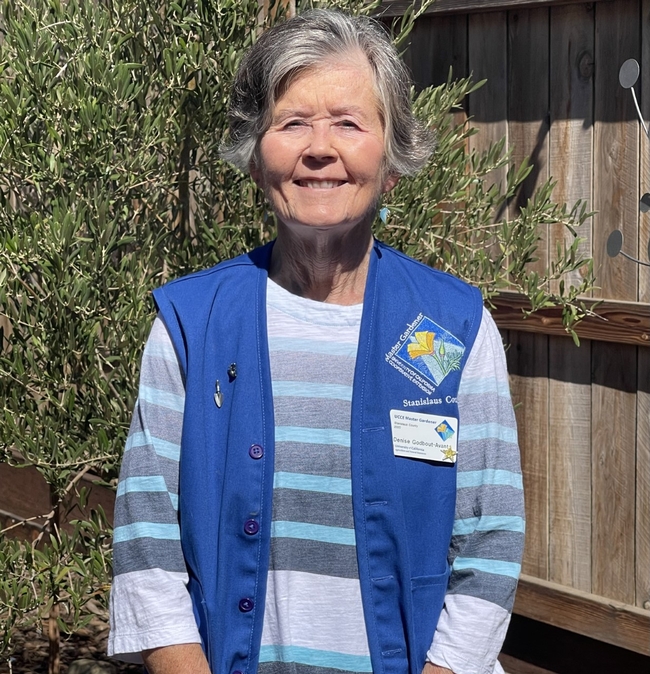
While fairies are mythical, hummingbirds are real-life winged fairies of our gardens. We tend to think of just bees and butterflies as pollinators, but the tiny, jewel-like birds also play a crucial pollinator role. Hummingbirds co-evolved with native nectar plants, each benefiting the other. A keystone species (a species which other species in an ecosystem largely depend on, so if it disappeared the ecosystem would be severely altered), hummingbirds pollinate at least 20% of specialized indigenous plant species.
Hummingbird Facts
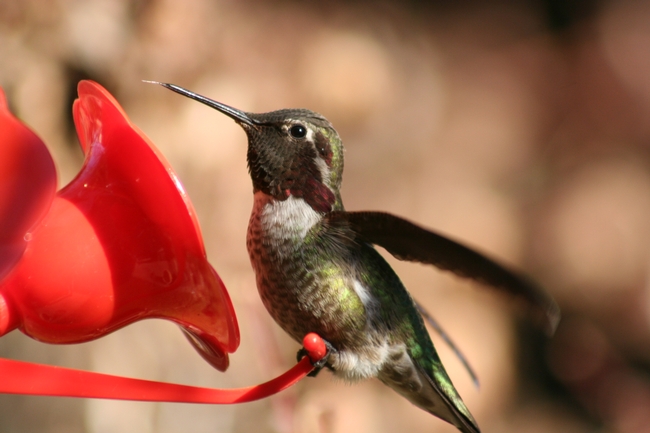
Hummingbirds have a very high metabolism and must eat all day. They consume about half their body weight each day while feeding. Nectar from 1,000-2,000 flowers provides 20% of a hummingbird's daily diet, which they drink with a fringed forked tongue in their long beak. Insects provide the bulk of their diet, which includes beetles, aphids, gnats, mosquitoes and wasps.
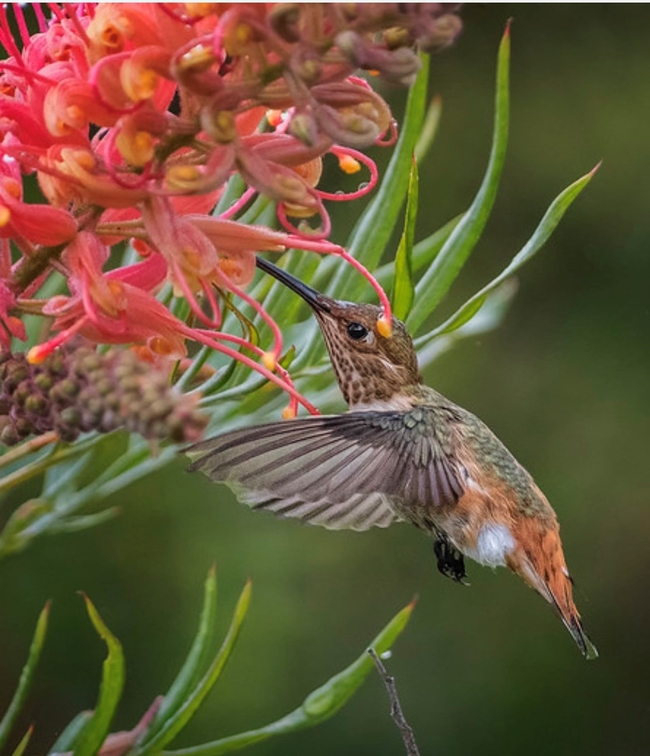
The smallest hummingbird, the Bee hummingbird (Mellisuga helenae), is a native of Cuba. With a body about an inch long, it weighs the equivalent of 1/4th teaspoon of sugar! The “large” Giant hummingbird (Patagonia gigas) of western South America is about eight inches long (20 cm), weighing less than half of most sparrows.
California Hummingbirds
California has about nine species of hummingbirds with four commonly seen species in the Stanislaus County area listed here in order of most abundant to the least:
- Anna's hummingbird (Calypte anna): This permanent year-round resident is a common sight in many of our gardens. The colorful red-headed male is the largest and most prominent of our local hummingbirds. The fastest of all hummingbirds, it can fly up to 60 miles per hour. Males perform a death-defying courtship dive, plummeting to the ground at speeds and accelerations that put jet pilots to shame. Females build the nests and care for the young alone, having three broods a year.
- Rufous hummingbird (Selasphorus rufus): With its beautiful orange-red gorget (a hummingbird's brilliant throat feathers), these migrating birds are a beautiful sight in local gardens in the spring and fall. Unlike the green body feathers of other common species in our area, the male has copper-colored feathers. Nesting further north than any other hummingbird, they fly up to 2,000 miles (3,200 km) during their migratory journeys to Canada.
- Black-chinned hummingbird (Archilochus alexandri): Another migratory species, it spends winters in Central America while nesting here in the summers. The male has a black face with a purple gorget at the base of the chin. The female builds a well-camouflaged nest in a shrub or tree.
- Costa's hummingbird (Calypte costae): The smallest and least common of our local hummingbirds, it breeds and nests here in summers, spending winters in Baja California/western Mexico area. The male has a colorful purple gorget and neck.
A Hummingbird Friendly Garden
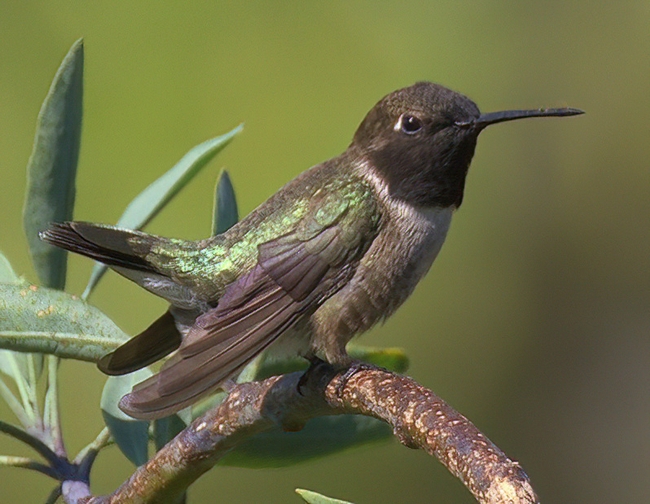
To make the sugar syrup combine one-part white cane sugar to four parts boiling water and let cool. Do not use honey, molasses, brown sugar, agave, artificial sugar, etc. as these can be harmful to hummingbirds. Food coloring is unnecessary since the red color of the feeder will attract the birds. If possible, place the feeders out of direct sunlight. Refill and clean feeders every 3-4 days (more frequently in hot weather) with a bottle brush, hot water, and a little white vinegar (which retards mold). Extra sugar syrup can be stored in refrigerator for a week or so.
In addition to sucrose, nectar provides additional sugars (glucose and fructose), along with compounds such as carbohydrates, amino acids, vitamins and oils which sugar feeders cannot provide. So, flowering plants that produce nectar should also be present in your garden to give hummingbirds a diverse, nutritious diet. Hummingbirds favor flowers that are tubular, in red, orange or bright pink colors. Some good choices include penstemons, fuchsias, red salvias, and bee balms.
A hummingbird friendly garden should also include trees and bushes for perching, hiding and nesting, water for drinking and bathing, and safety from domestic cats.
An excellent plant list resource provided by UC Agriculture & Natural Resources (UC ANR) and Master Gardener is Plants that Attract Hummingbirds – Zones 8 and 9: https://ucanr.edu/sites/UC_Master_Gardeners/files/287098.pdf
Hummingbird Challenges
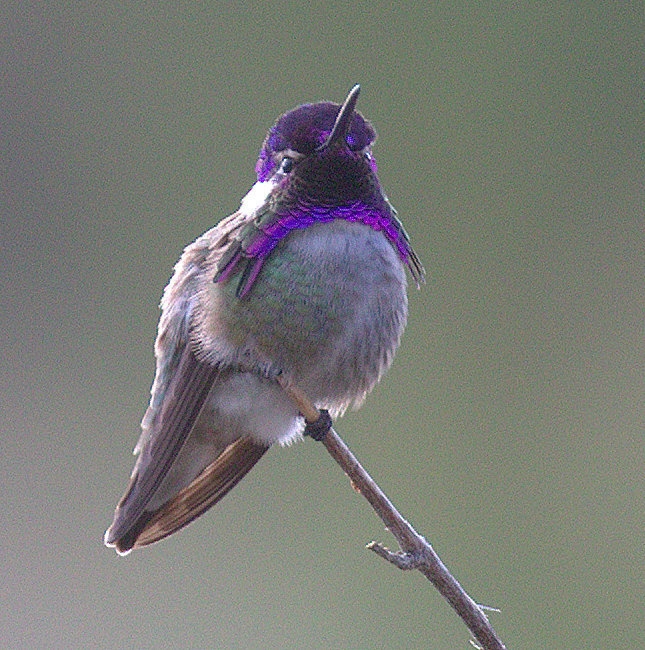
Both the local Rufous hummingbirds and Black-chinned hummingbirds are among those considered to be at risk (https://www.audubon.org/news/how-climate-change-threatens-hummingbirds).
By providing backyard sanctuaries with feeders and native plants we can help support these valuable feathered fairies of our gardens, so they can continue to delight us and pollinate our plants.
Additional Resources
https://wildbirdworld.com/hummingbirds-of-california/
https://www.cnps.org/gardening/hummingbird-gardening-5098
Denise Godbout-Avant has been a UCCE Master Gardener with Stanislaus County since 2020.

